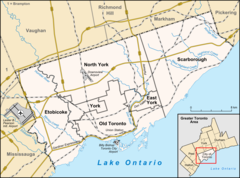
The Royal Flying Corps (RFC) was the air arm of the British Army before and during the First World War until it merged with the Royal Naval Air Service on 1 April 1918 to form the Royal Air Force. During the early part of the war, the RFC supported the British Army by artillery co-operation and photographic reconnaissance. This work gradually led RFC pilots into aerial battles with German pilots and later in the war included the strafing of enemy infantry and emplacements, the bombing of German military airfields and later the strategic bombing of German industrial and transport facilities.
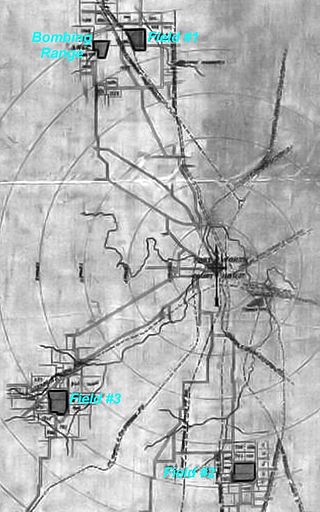
Camp Taliaferro was a World War I flight-training center run under the direction of the Air Service, United States Army in the Fort Worth, Texas, area. Camp Taliaferro had an administration center near what is now the Will Rogers Memorial Center complex in Fort Worth's cultural area near University Drive and W Lancaster Avenue.
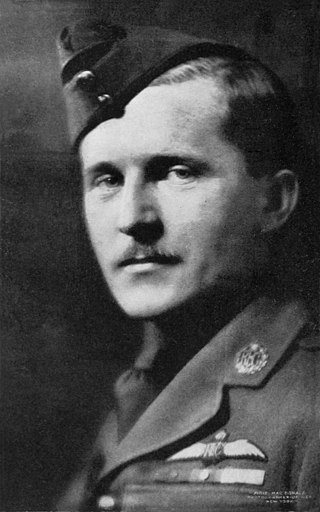
Air Marshal William Avery Bishop, was a Canadian flying ace of the First World War. He was officially credited with 72 victories, making him the top Canadian and British Empire ace of the war, and also received a Victoria Cross. During the Second World War, Bishop was instrumental in setting up and promoting the British Commonwealth Air Training Plan.

The London International Airport is an international airport located in London, Ontario, Canada. It is located 5 nautical miles northeast of the city of London, Ontario and is classified as an airport of entry by Nav Canada. In 2011, the airport was listed as the 20th busiest airport in Canada in terms of aircraft movements with 94,747 travels. The airport posted a record 683,000 travelers in 2019 and is forecasting 400,000 passengers in 2023. It provides services for cargo airlines and year-round flights with Air Canada Express and WestJet.

William George Barker, was a Canadian First World War fighter ace and Victoria Cross recipient. He is the most decorated serviceman in the history of Canada.
Barker Field was one of several airfields in the Yorkdale area of Toronto, Ontario, Canada.

Leaside Aerodrome was an airport in the Town of Leaside, Ontario. It opened in 1917 as a Royal Flying Corps airfield during the First World War.
Long Branch Aerodrome was an airfield located west of Toronto, Ontario and just east of Port Credit, now Mississauga, and was Canada's first aerodrome. The airport was opened by the Curtiss Flying School, part of the Curtiss Aeroplane and Motor Company, as a pilot training school in 1915. In 1917 the airport was run by the Royal Flying Corps (RFC), and then closed in 1919. It is recognized by the existence of Aviation Road in the Lakeview, Mississauga community and a historical plaque.

RCAF Station High River was a station of the Royal Canadian Air Force (RCAF) located at High River, Alberta, Canada.
Edenvale Airport is located 2.8 nautical miles west of Edenvale, Ontario, Canada.
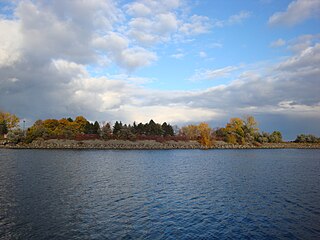
Lakeview is a neighbourhood in Mississauga in the Region of Peel, centred on Lakeshore Road in the extreme southeastern corner of the city, along the shore of Lake Ontario, between the larger neighbourhood of Port Credit to the west and the Long Branch neighbourhood of Toronto to the east.
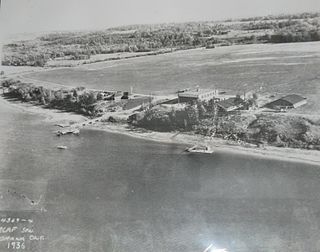
Canadian Forces Base Rockcliffe is a former Canadian Forces Base located in the eastern part of Ottawa, Ontario, now used for Ottawa/Rockcliffe Airport and the Canada Aviation and Space Museum.

Sharpe Field is a closed private use airport located six nautical miles northwest of the central business district of Tuskegee, a city in Macon County, Alabama, United States. This airport is privately owned by the Bradbury Family Partnership.
A list of airfields of the Royal Flying Corps.
Arthur Bradfield Fairclough was a Canadian First World War flying ace, officially credited with 19 aerial victories.
De Lesseps Field was a small, but important airfield in early aviation in Toronto, Ontario, Canada.
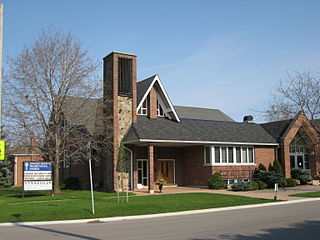
Armour Heights is a neighbourhood in Toronto, Ontario, Canada, in the district of North York. It is bounded by Wilson Avenue to the south, Bathurst Street to the west, and the west branch of the Don River to the north and east. Highway 401 cuts through the centre of the neighbourhood.

Beverley Aerodrome, was a First World War era Royal Flying Corps training depot, in Bishop Burton, East Riding of Yorkshire, England. The site, like many others in Yorkshire, was developed from a racecourse on the western edge of Beverley, along the road between Beverley and York. Initially set up as a location for squadrons employed in Home Defence (HD), particularly preventing Zeppelin attacks on Hull and the east coast, the site later became a training depot for squadrons and flights who would then deploy to the front line. Beverley was also used as a standing up and transfer location for six Canadian Reserve Squadrons in 1917, all of which were posted to Canada. Beverley Aerodrome was used between 1916 and 1920, with the RAF later using the site in the 1930s in a non-flying role.

Naval Air Station Los Alamitos Naval Outlying Landing Fields were a set airfield near Naval Air Station Los Alamitos to support the training of US Navy pilots during World War 2. The support airfields are called Naval Outlying Landing Field (NOLF). For the war, many new trained pilots were needed. The Naval Outlying Landing Fields provided a place for pilots to practice landing and take off without other air traffic. The remotes sites offered flight training without distractions. Most of the new pilots departed to the Pacific War after training. The Outlying Landing Fields had little or no support facilities. Naval Air Station Los Alamitos opened in 1942 and was transferred to the US Army in 1977 as Los Alamitos Army Airfield. Most of the Outlying fields closed in 1945, having completed the role of training new pilots. To open the needed Outlying Landing Fields quickly, the Navy took over local crop dusting and barnstorming airfields. Naval Air Station Los Alamitos was also called Los Alamitos Naval Reserve Air Base. During the war Marine Corps Air Station El Toro also used the outlying Landing Field. The Timm N2T Tutor was the most common plane used for training on the outlying landing fields.
